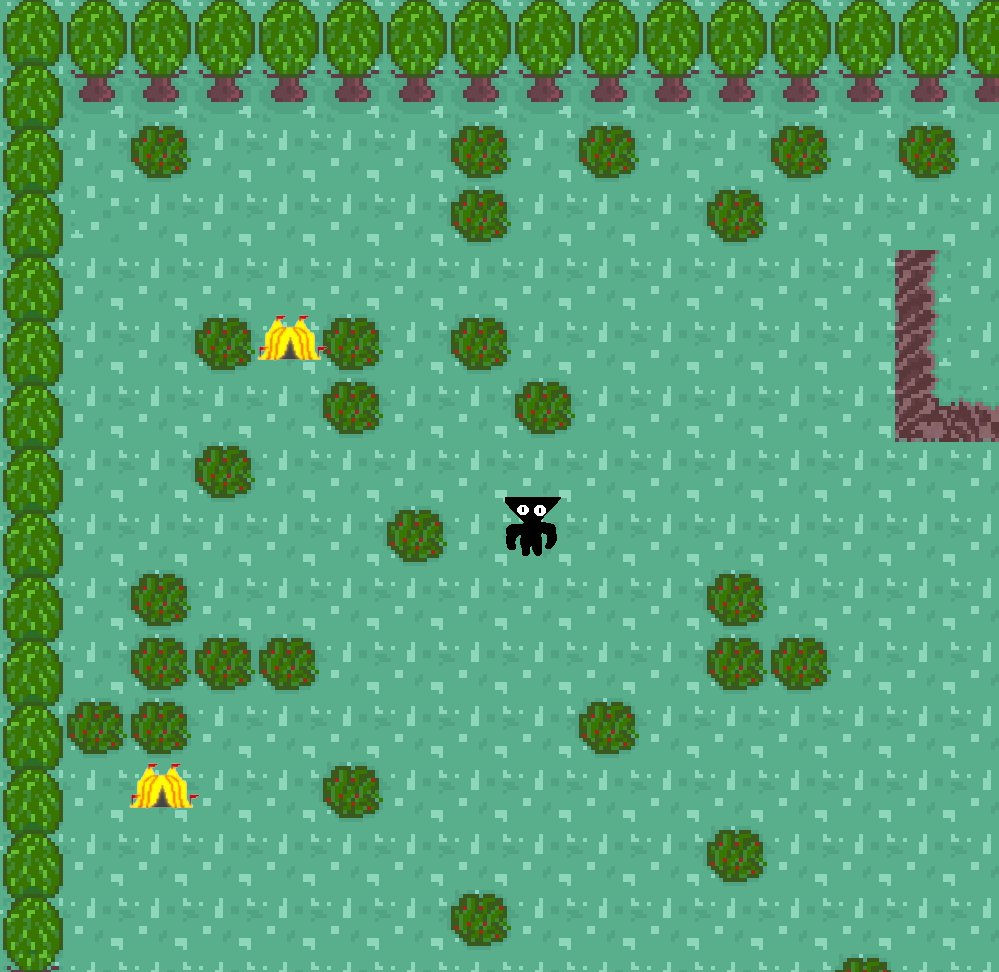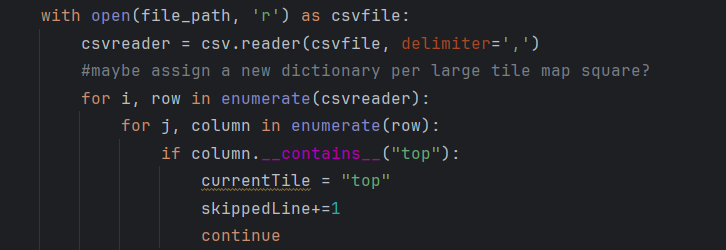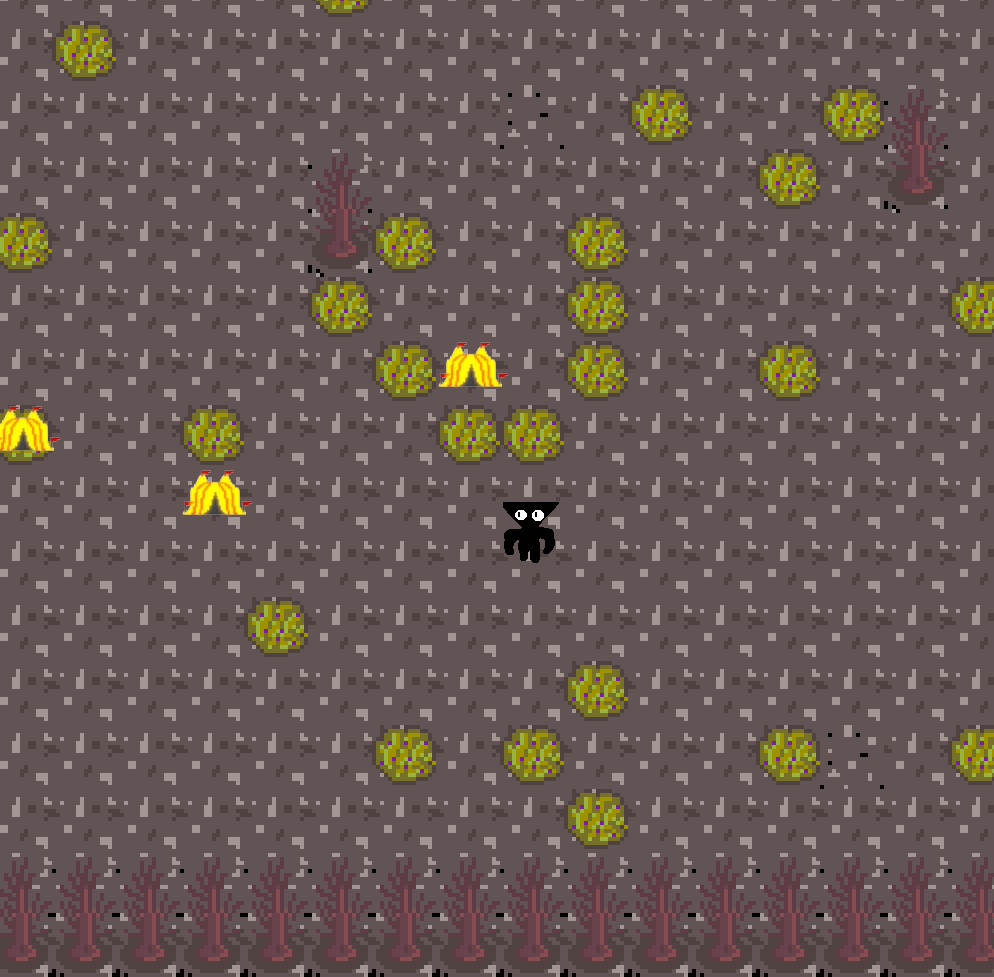
FNAD World
One of my most ambitious projects to date, and my intro into managing data.
This project was born from an undying curiosity to venture into CSV file maps, and served as a much needed refresher with excel. It would be no stretch to say that this game prepared me for eventually becoming the coding contractor I am today. What started as a silly game for me and my friends to play in high school turned into the spark that ignited my love for computer science.
Intro
FNAD World was the natural evolution of a high school idea that started as nothing more than a fun project between friends. Originally, “Four Nights at Dingles” was my attempt to capture the same sense of tension and creativity that made Five Nights at Freddy’s so memorable, but with my own spin. What began as an inside joke quickly grew into something more serious — my first real game. Building FNAD World was the first time I took programming beyond the classroom, pushing myself to design not just a game, but a full experience. This was the spark that made me realize computer science was more than a hobby — it was the career path I wanted to pursue.
Skills Applied
Developing FNAD World required me to step into unfamiliar territory and adapt quickly. I used Python as the core language, but this time I focused heavily on data management. By leveraging CSV parsing, I built a system that could dynamically read, interpret, and generate large maps from raw spreadsheet data — essentially automating what would have otherwise been hours of manual work. Along the way, I reinforced my understanding of Excel data structures, file I/O operations, and modular program design. This project was also a lesson in balancing GUI design and gameplay logic, ensuring the game was both functional and fun to interact with.



The Future of FNAD
While FNAD 2 marked my first major project, it was far from the end. The lessons I learned from its development continue to influence my projects today, whether I’m designing applications, experimenting with new frameworks, or thinking critically about how users interact with software. I still look back at FNAD 2 as proof of what can happen when curiosity meets persistence. In the future, I hope to revisit the FNAD series with new tools and skills, pushing it into something even bigger while honoring its role in shaping my journey as a developer.
Conclusion
FNAD 2 wasn’t just a game — it was the foundation of everything I’ve built since. It taught me how to take an idea from concept to execution, how to adapt when problems arise, and most importantly, how to find joy in creating something that others can experience. What started as a high school experiment turned into a defining milestone in my career path.